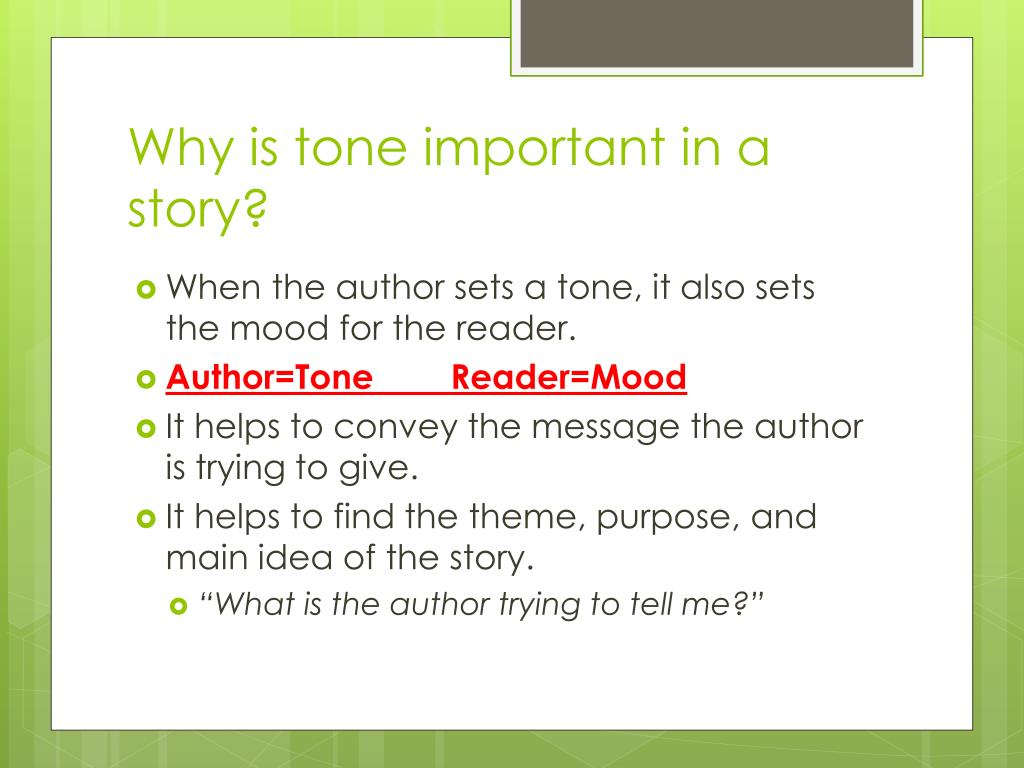
According to a group of researchers from the BNM Institute of Technology in Bangalore, India, “timbre stimulates human energy levels without regard to rhythmic or harmonic saturation. Timbre, the tonal component of a piece created by harmonics, is a curious indicator of mood.

Higher overall pitch can be an indicator of happiness, carefree and light moods within a song, while lower pitch implies a darker, sad, and serious tone. Loudness, or intensity of a song can be connected with anger, while softer songs would suggest tenderness, sadness, or fear (Bhat et al 360).

Source: Derived from Bhar (2014).įaster tempos are associated with high-energy songs, and slower tempos with lower energy, sadder songs. The eight categories created by Thayer’s model include the extremes of the two lines as well as each of the possible intersections of the lines (e.g. The model divides songs along the lines of energy and stress, from happy to sad and calm to energetic, respectively (Bhat et al 359). In most existing methods of music mood classification, the moods of songs are divided according to psychologist Robert Thayer’s traditional model of mood. Breaking a song down into quantifiable musical components such as rhythm, harmony, and timbre can allow for the matching of songs to specific categories based upon expected data for each type of mood. The mood of a piece could also improve upon algorithms for identifying similar songs for online radio services like Pandora, basing the similarities on the song’s mood rather than on similar artists. Identifying the mood of a piece automatically would be extremely useful for sorting large collections of digital music such as those of iTunes or Spotify. Attempting to categorize music through engineering techniques is challenging, but can potentially help to minimize these discrepancies between listeners in the sorting process. Much of the current organization for songs is based on an artist’s overall genre, rather than on the feeling generated by a song. The classification of music can be a difficult task since the emotional reaction between listeners can be fairly different for a given song. This article will discuss the engineering methods used to create these analyzation algorithms, and look at some of their results. These methods can be useful in determining the genre of music automatically for sorting large collections of digital music such as iTunes or Spotify. The method used then is to decide upon certain base songs that very closely embody a certain mood, and to match songs to these specific categories. The emotional reaction to music is different for every person, so analyzing it will not likely yield perfect results. The mood is suggested by the elements utilized by the author, but relies on the subjective response from the reader.The article will cover the analysis of music using various DSP and music theory techniques involving rhythm, harmony, and spectral features. The effect a literary work has upon the reader is subjective and produces different associations, while the text made by the author is presented to the reader as an objective thing. Tone can indicate the narrator's mood, but the overall mood comes from the totality of the written work, even in first-person narratives. Mood is produced most effectively through the use of setting, theme, voice and tone. Mood is the general feeling or atmosphere that a piece of writing creates within the reader. The tone of a piece of literature is the speaker's or narrator's attitude towards the subject, rather than what the reader feels, as in mood. Diction conveys a sensibility as well as portrays the content of a story in specific colors, thus affecting the way the reader feels about it.

A similar element that goes into generating mood is diction, that is, the choice and style of words the writer uses. Embedded in the attitude of a narrator are the feelings and emotions which make it up. As the reader is dependent on the narrator's perspective of the story, they see the story through their lenses, feeling the way the narrator feels about what happens or what is being described. The attitude of the narrator is another element that helps generate mood. For example, the desert may be a setting for a cowboy story and may generate a mood of solitude, desolation, and struggle, among other possible associations. Different settings can affect the mood of a story differently and usually supports or conflicts with the other content of the story in some way. Setting, which provides the physical location of the story, is used in order to create a background in which the story takes place. Mood is generally created through several different things.


 0 kommentar(er)
0 kommentar(er)
